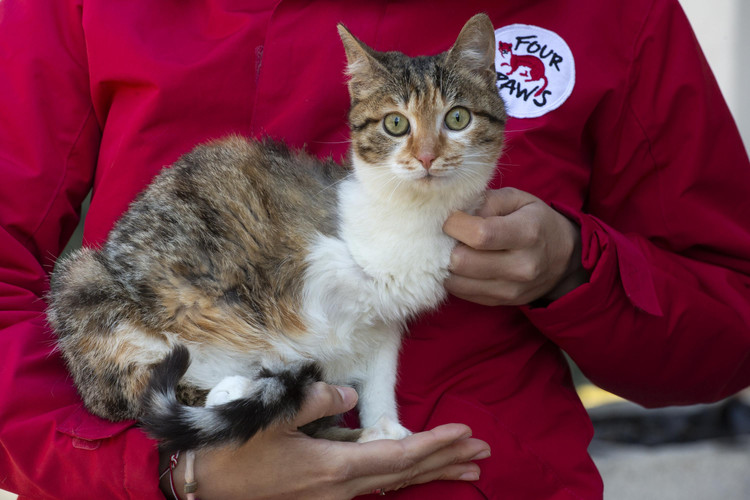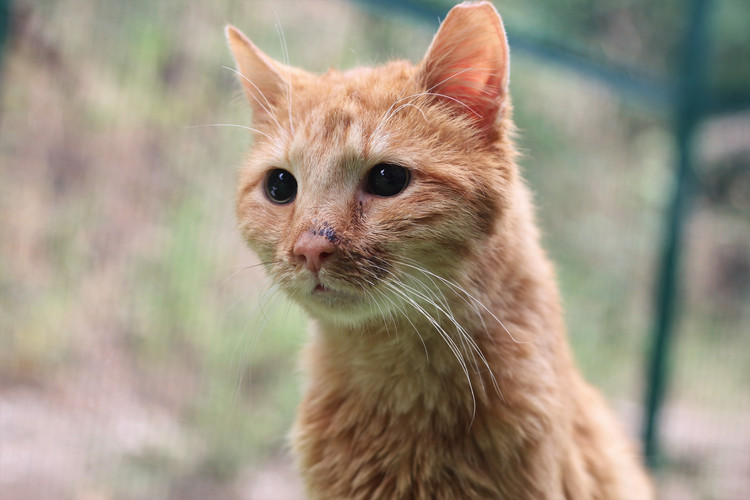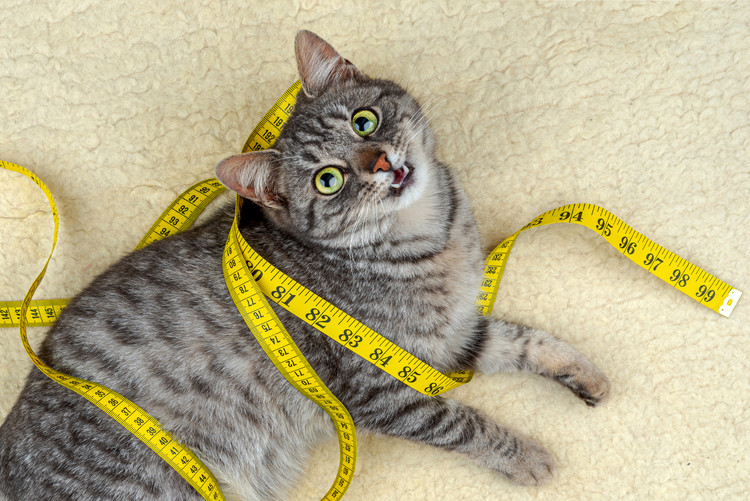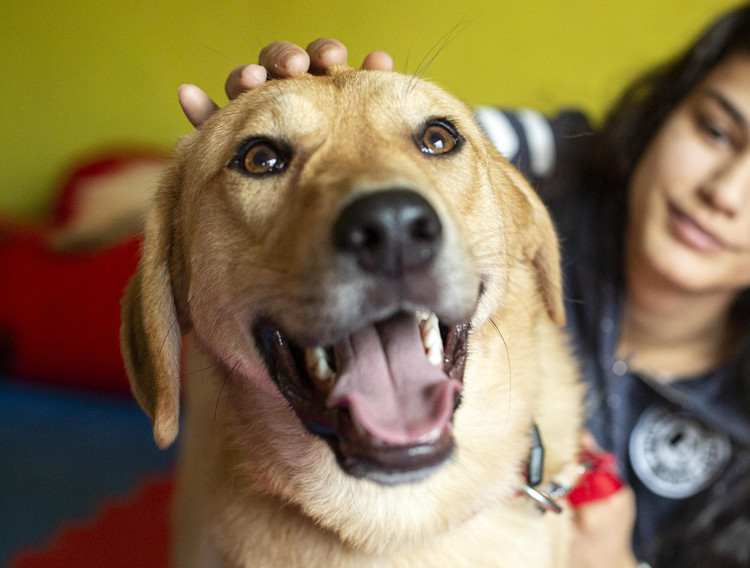
Petfluencing or cruel influencing?
Where Do We Draw the Line on Animal Suffering?
What exactly are Petfluencers?
The term "Petfluencer" refers to Influencers who use animals as a key focus on their social media, either entirely on pets or heavily featuring their interactions with animals for their content.
"Petfluencing" is not a new trend. Depicting animals in art and culture has centuries of history (just look at how many cats feature in ancient Egyptian art), and animals have always been part of social media: the first video on YouTube was a clip from a zoo, and the first picture shared on Instagram was of Instagram co-founder Kevin Systrom's dog.

Why are animal internet stars so successful?
The answer is simple: almost everyone likes animals and responds to them. Australians in particular have one of the highest pet ownership rates in the world: In 2022 alone, nearly 69% of households in Australia have a pet.
Viewing photos and videos of cute animals reduces stress and brings joy. It is also well-known in modern marketing that advertisements featuring animals are highly effective. One of the most famous examples would be the purple "Milka Cow" or "Paddle Pop Lion". Whether it's advertising or Instagram posts, the "Aww-effect" comes into play. Adorable animals evoke positive emotions and tend to be more memorable. Plus, content featuring animals usually seems harmless and is accessible to a wide audience.
On social media, 'traditional' pets are particularly popular. Dogs and cats top the list of the most followed accounts and are also the most commonly featured. There are also rabbits and guinea pigs. Unfortunately, much of the content in pet videos are often misinterpreted. For example, videos of dogs seemingly "playing" in a field might seem funny to us but could be indicative of hunting or even bullying behaviors - which is no fun for the hunted or bullied animal.
We also recently saw a trend of scaring cats with cucumbers, with videos having high reach and engagement on social media, to the benefit of the social media profile. While viewed online as a harmless prank, animal welfare experts cautioned the negative impact this act had on cats.
Also of concern are the many accounts featuring wild animals: tigers, monkeys, raccoons and other wild animal species who should not be cared for by private individuals. These wild animals are sometimes treated like domestic pets. They get bathed, petted, and live inside homes, even though they are wild animals. This is inherently cruel to the animal, and also puts people at risk, all for likes.
Social media content needs to stand out and be memorable, meaning it has to be unique. This is why especially exotic and wild animals as pets are so popular.
Tight clothing or accessories restrict animals in their movements and can negatively affect the animal's thermoregulation.
For online trends, many pets are often dressed in costumes, frightened to elicit a "funny" reaction, or forced to perform tricks. In many cases, such activities are not part of their natural behaviour, causing the animals to become stressed. Often, the animals show signs of stress, which are either overlooked or even labelled as "cute." Pet owners should fundamentally engage with their animals' communication and respective species to understand and interpret their expressions and behaviours. For instance, dogs may exhibit signals like stress panting (often mistaken for a "cute smile"), licking their lips, or turning their heads away. Learn how to avoid causing pain for our beloved pets.
Additional Stress Factors for Animals
Even the mere setup during video filming can stress animals: noises, bright lights directly aimed at the animal, and hectic movements can induce stress or fear in animals. Especially prey animals like hamsters, guinea pigs, or rabbits are naturally conditioned to flee from such stimuli.
Wild Animals Are Not Pets
Another problematic presence on social media is the portrayal of wild animals often kept as pets in homes. They are cuddled with and adorned with accessories. Such care can disrupt the natural day-night rhythm, especially for nocturnal animals. Additionally, these videos may motivate viewers to get an exotic pet without having the knowledge for proper species-appropriate care.
A Particularly Disturbing Version of Petfluencing: Fake Rescue Videos
Videos where puppies, cats, or other animals are "rescued" from dangerous predators like snakes are also problematic. In disturbing cases, the animals are deliberately put into life-threatening situations to garner as many likes and clicks as possible for their "hero rescuer." Learn how to spot fake animal rescues and what to do about them.
test your petfluencing skills
Are you ready to be an animal-friendly Petfluencer?
Question - of -
Which pet is better suited to open a Petfluencer channel?
How would you present your pet on the internet?
There's a trend on social media where people scare their pets. Almost all videos that follow this trend go viral. Would you also participate?
A little possum family currently resides in your garden. They let you touch and pick them up, and an acquaintance comes up with the idea to make a video of your pet playing with the possums. Is this a good idea?
Your pet has just been climbing around a bit in your house and is now stuck. It looks hilarious. What do you do?
A brand for pet costumes reaches out to you via direct message and wants to make an advertising deal with you, where you promote a costume from their range and get paid for it. Do you accept the sponsorship?
A fellow "pet influencer" posts a video of her dog running full force into a glass door and then looking bewildered. Funny music is played in the background. Do you repost the video in your story?
Points reached:
You might be hurting animals for likes...
but there is time to change course!

None of your answers were correct, which might mean you are missing out on knowledge about animals, the Five Domains of animal welfare, and their needs. It doesn't have to stay that way. Check out our pet guides and learn what's good for animals and what isn't.
As Master Yoda would say?
Much to learn you still have, young pet influencer.

You had one or two answers right, so you have a few more things to learn to become an animal-friendly pet influencer. Check out our pet guides and learn what's good for animals and what isn't.
Nobody is perfect
But there is hope to be even more animal-friendly!

You are trying your best to be an animal friendly Petfluencer, though some answers are still not correct. It doesn't have to stay that way. Check out our pet guides and learn what's good for animals and what isn't.
AMAZING!
You're an animal-friendly Petfluencer!

You have demonstrated high abilities and interest to care for animals while advancing your social media influence! Well-done! But remember: With great reach comes great responsibility. If you now have a profile for your pet on Instagram, TikTok, or Twitter, always think before posting each photo and video, and consider if your pet is happy with it as well. Why not read our pet guides on the website and continue learning what's good for animals and what isn't.
Source
2: https://www.sciencedirect.com/science/article/abs/pii/S0747563215004343?via%3Dihub


